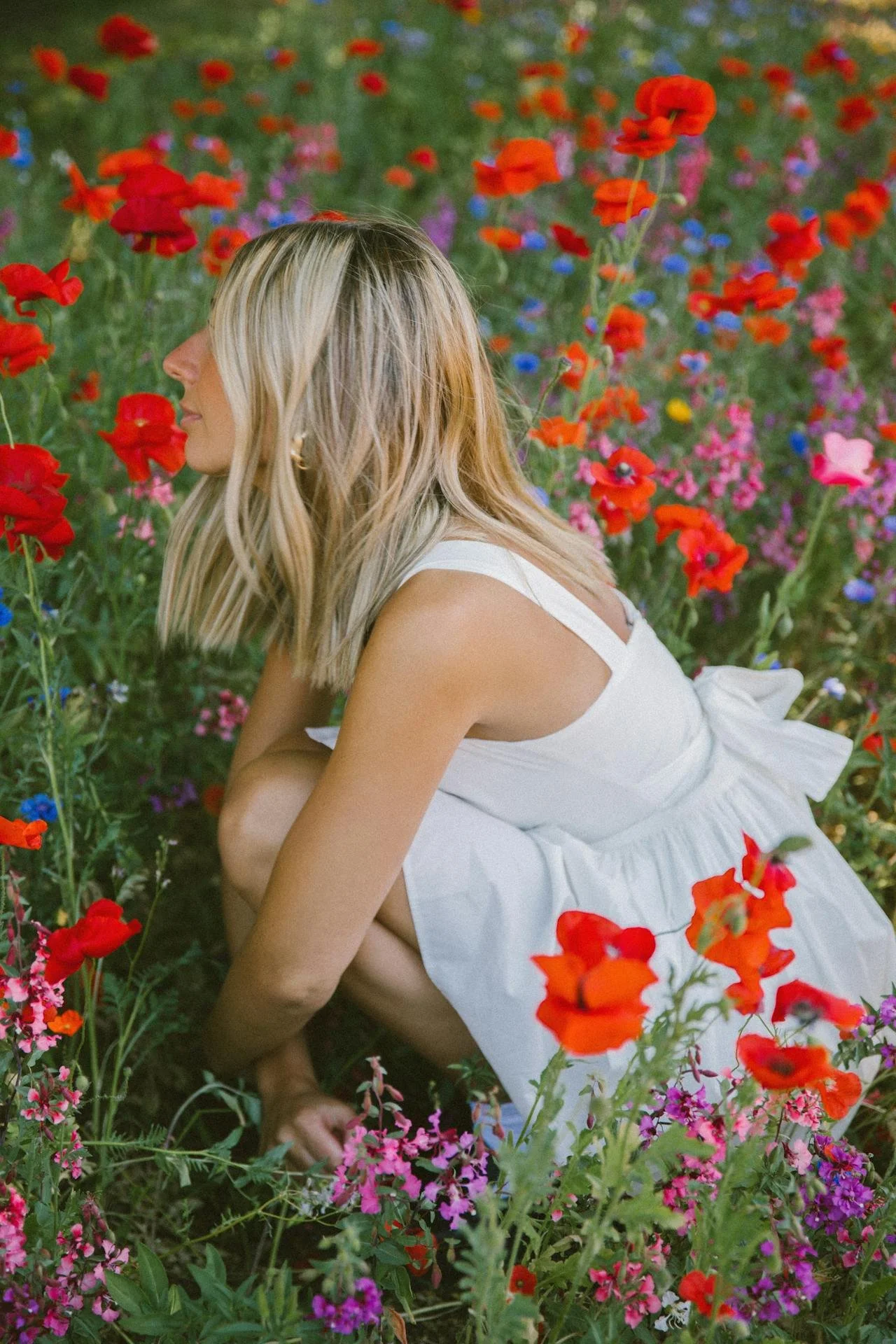Exploring the Cultural History of the Healing Properties of Floristry
Flowers have held a special place in human culture for centuries, not only for their beauty but also for their believed healing properties. The art of floristry, the practice of arranging cut flowers, has been intertwined with various cultural beliefs surrounding health and well-being.
In ancient civilizations, such as the Egyptians, Greeks, and Romans, flowers were used not just for decoration but also for their perceived medicinal benefits. The Egyptians, for example, utilized flowers like lilies and roses in their religious ceremonies and believed in their healing powers. Similarly, the Greeks associated different flowers with gods and goddesses, attributing them with specific healing abilities.
In the Victorian era, the language of flowers, also known as floriography, became popular as a means of communication through the arrangement of specific blooms to convey messages or sentiments. Beyond their symbolic meanings, certain flowers were also used in herbal remedies for various ailments, showcasing the dual role of floristry in both cultural expression and healing practices.
In more recent times, the field of aromatherapy has gained prominence, drawing on the therapeutic benefits of essential oils extracted from flowers and plants. Lavender, chamomile, and rose are among the floral essences commonly used to promote relaxation, relieve stress, and improve overall well-being.
Today, as we delve deeper into holistic approaches to health and wellness, the healing properties of floristry continue to be explored and embraced. Whether through the calming presence of a floral arrangement in a room, the soothing fragrance of a botanical candle, or the use of flower essences in alternative medicine, flowers remain a powerful medium for enhancing our physical, emotional, and spiritual health.
As we appreciate the artistry of floristry, let us also acknowledge the rich cultural history behind the belief in the healing properties of flowers. In a world that can often feel chaotic and fast-paced, the simple act of being surrounded by beautiful blooms can serve as a gentle reminder of the natural wonders that have the potential to comfort, uplift, and heal us.
So the next time you find yourself admiring a bouquet of flowers or tending to a houseplant, remember the ancient traditions and enduring wisdom that have long recognized the therapeutic essence of floristry. Perhaps in that moment of connection with nature, you may just find a sense of peace and restoration that transcends time and culture.

